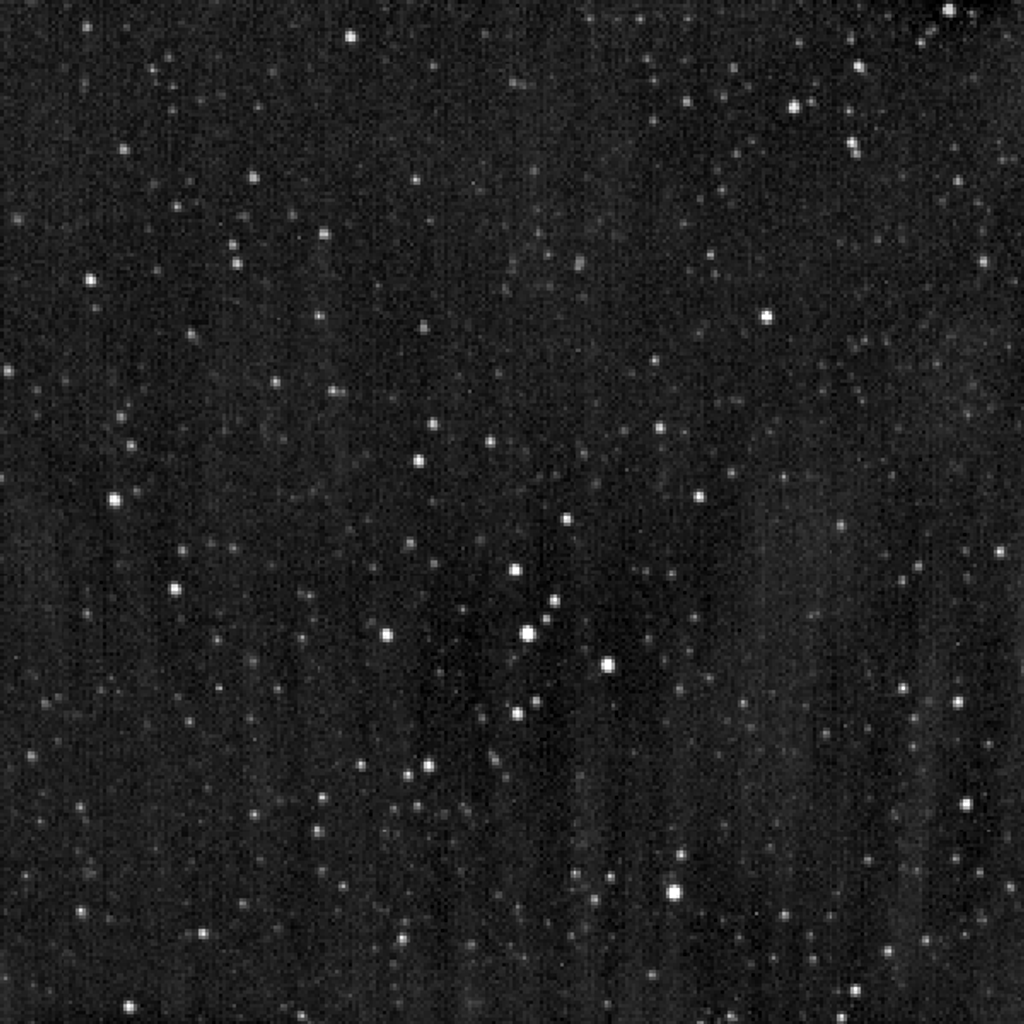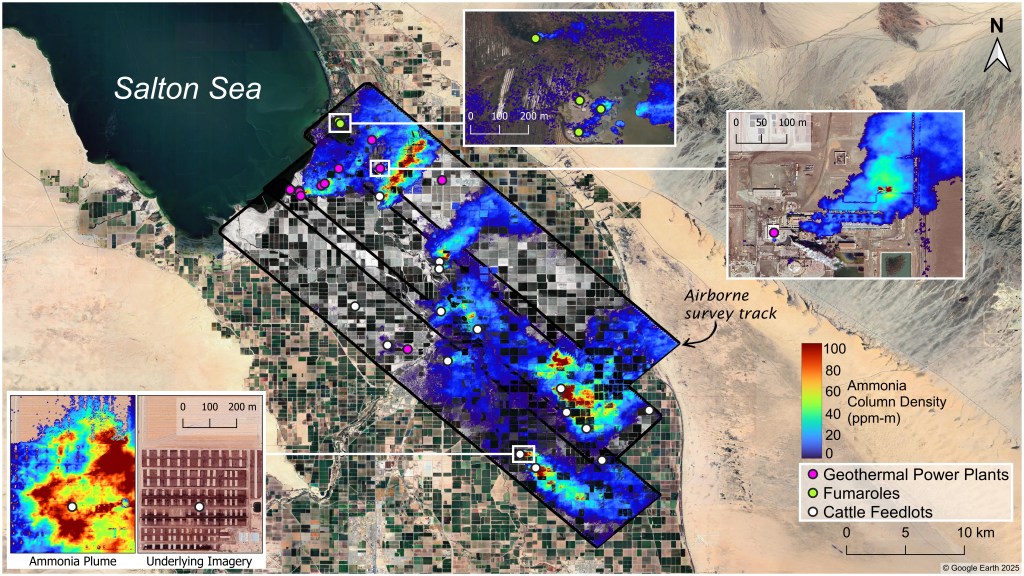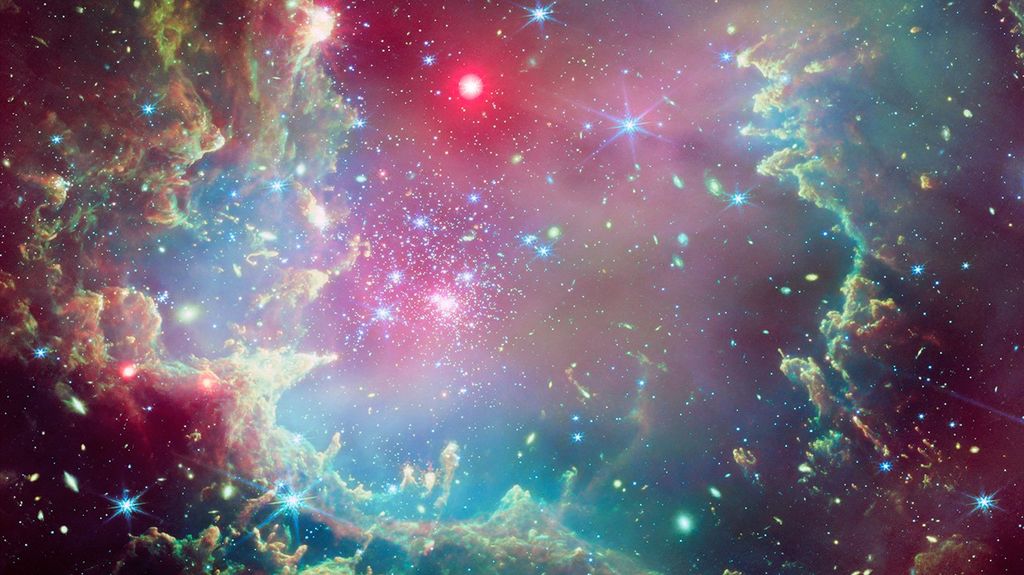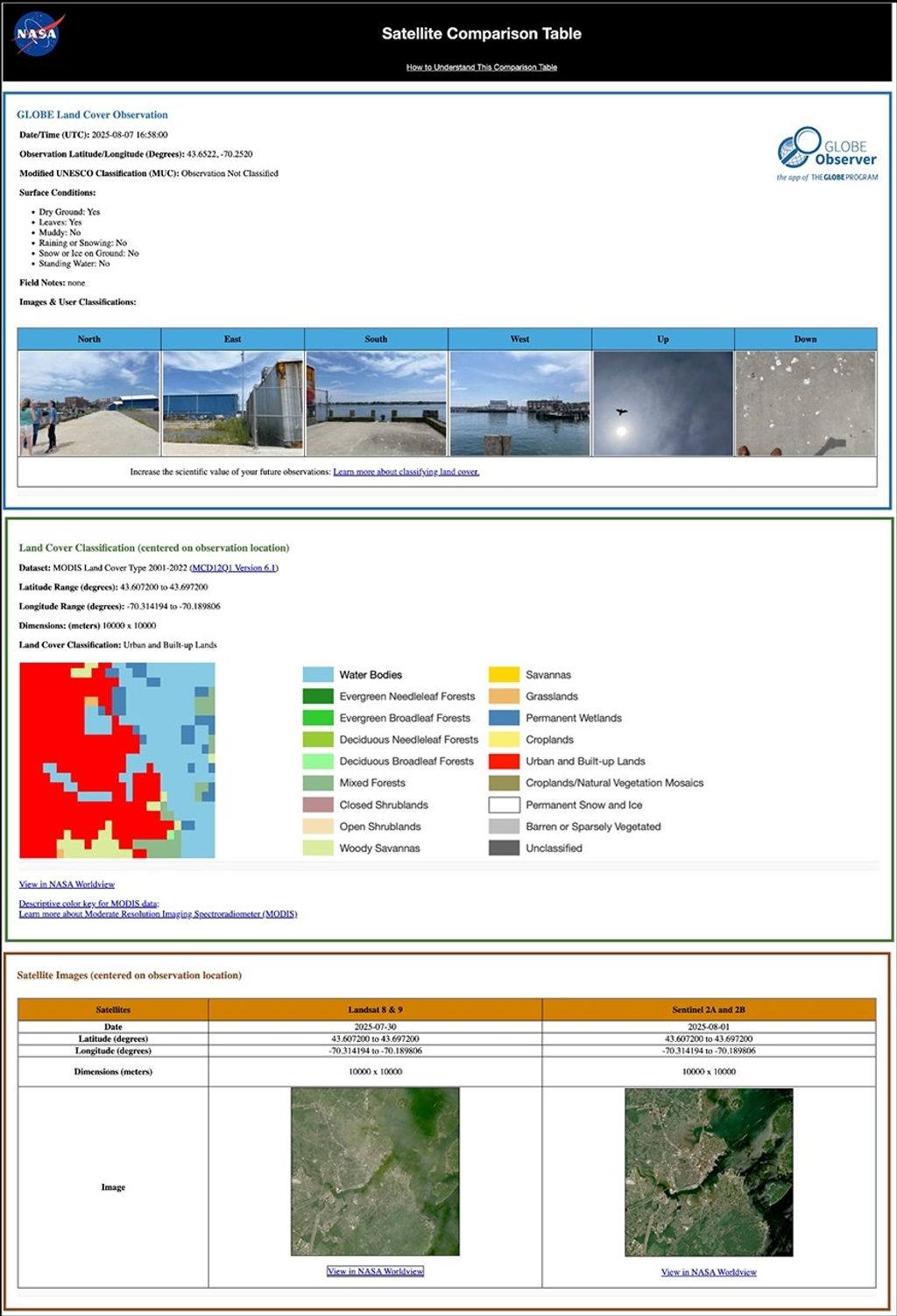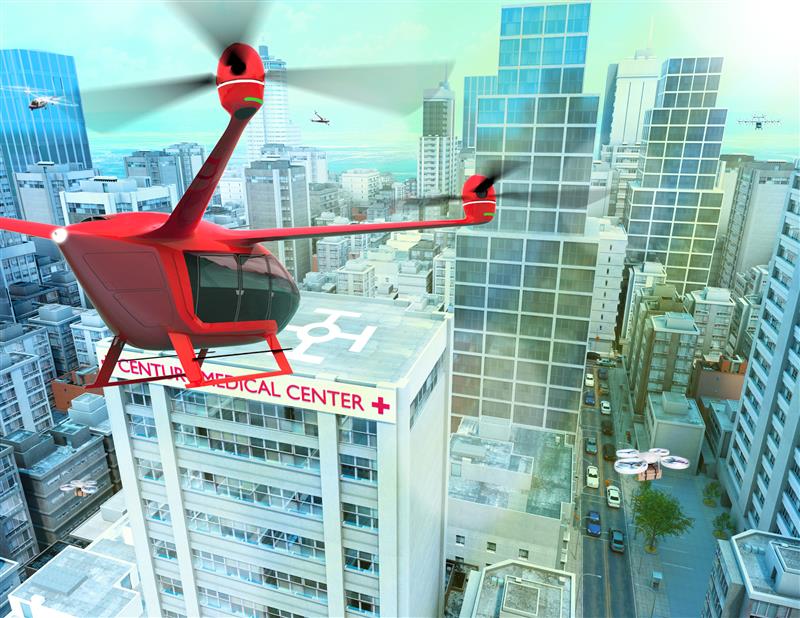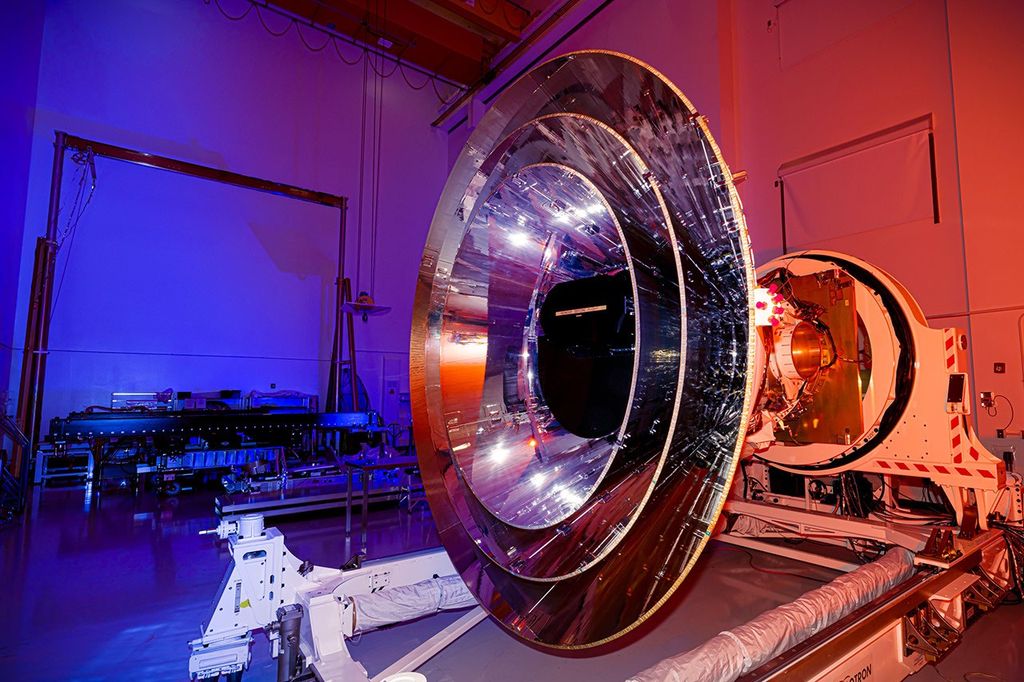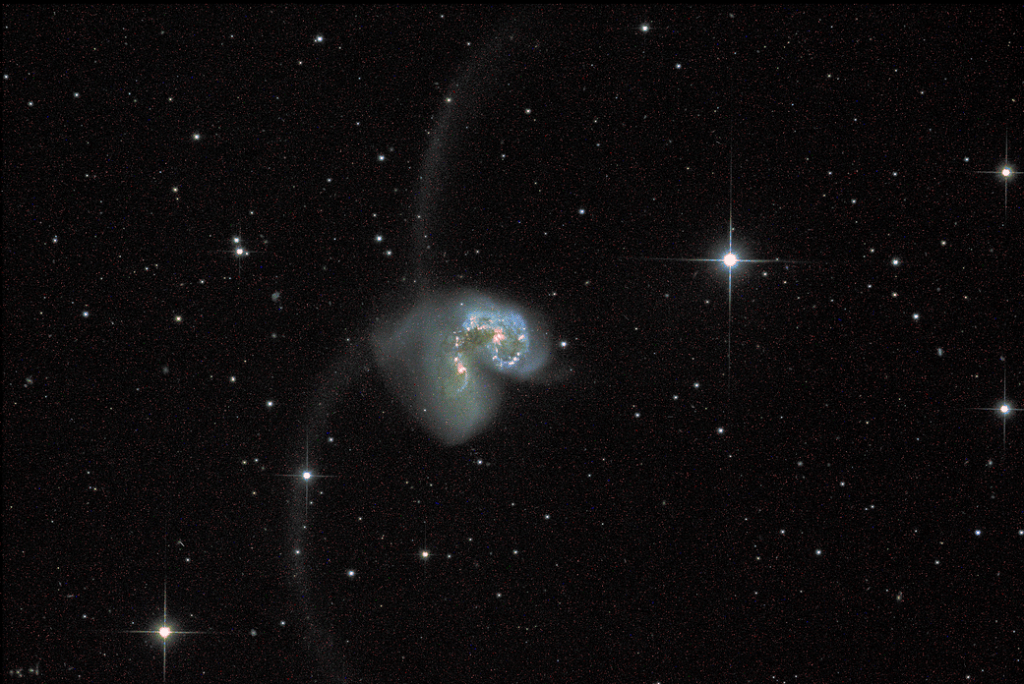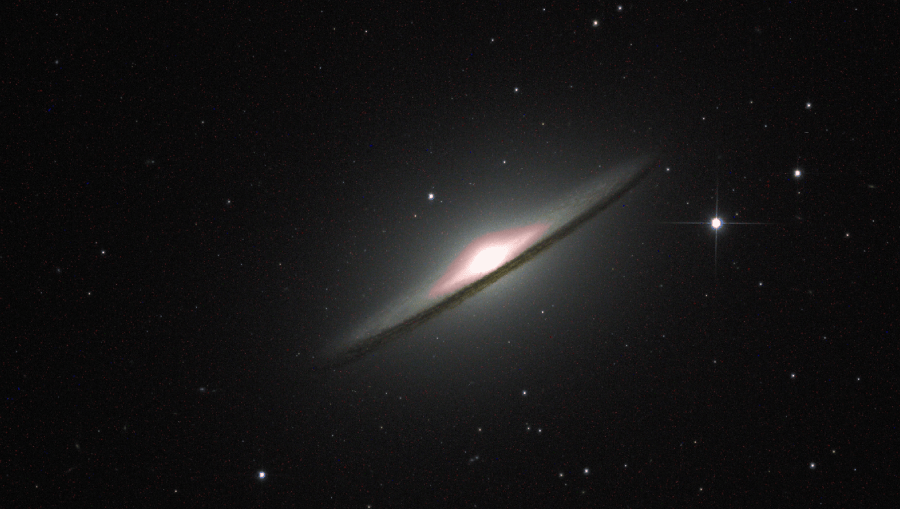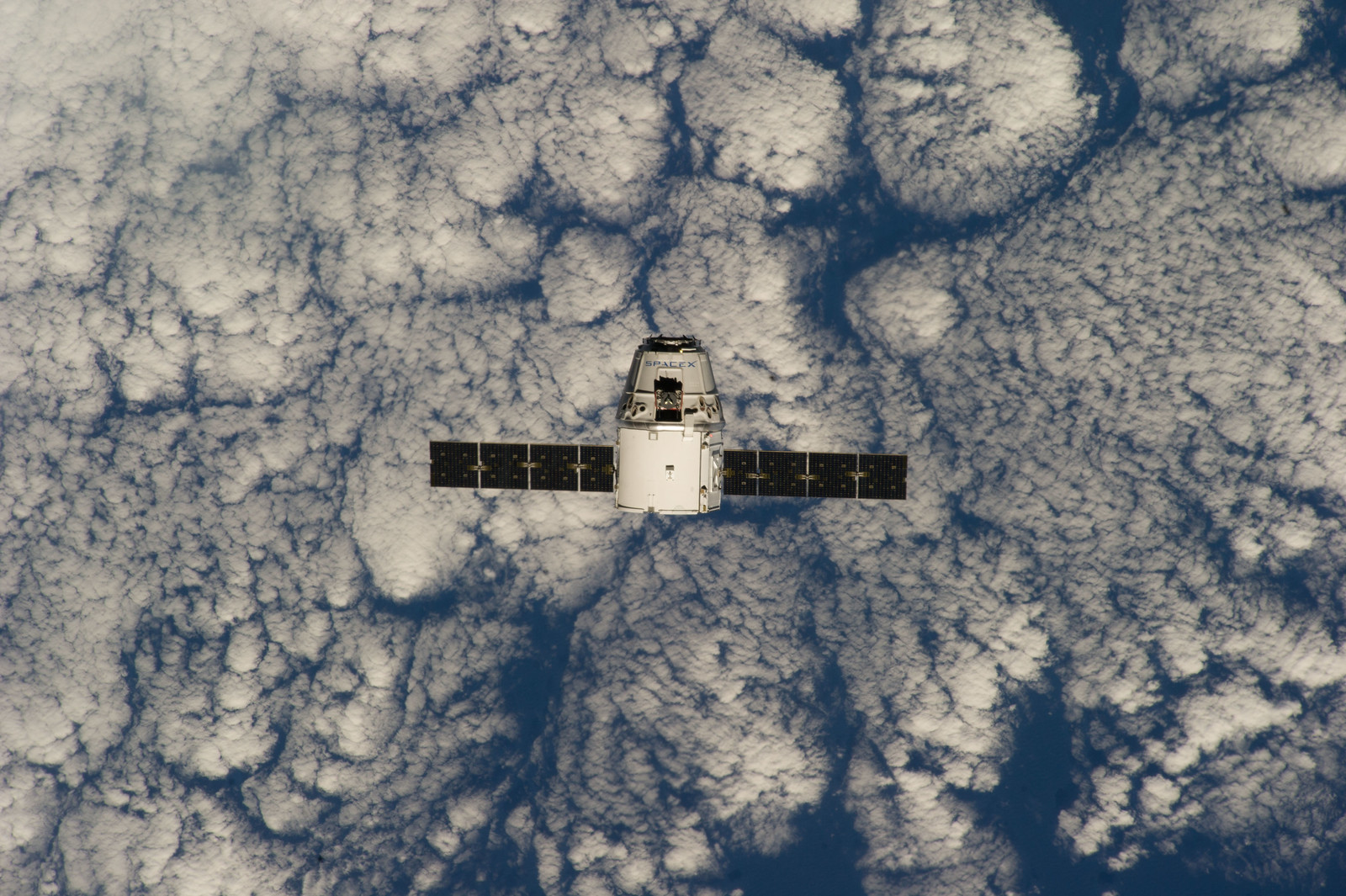Scientific Balloon Contributions
It is thanks to scientific balloon missions that we have advanced space mission technology with less functionality concerns. For example, the Far Infrared Telescope launched on a balloon in 1966 made the James Webb Space Telescope possible. Without testing and developing the proper sensors for far infrared astronomy and imaging, we would never have the amazing, in-depth images from JWST. Its predecessor, the Hubble Space Telescope, was possible thanks to the series of Stratoscope balloon launches from 1963 to 1971. These balloon missions provided us with the remote operations and mirror guidance technology that was implemented on Hubble years later.
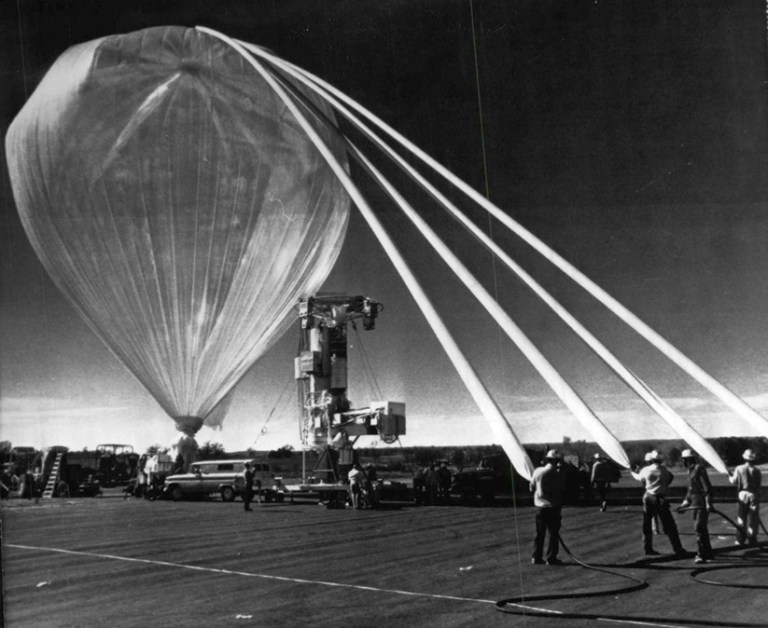
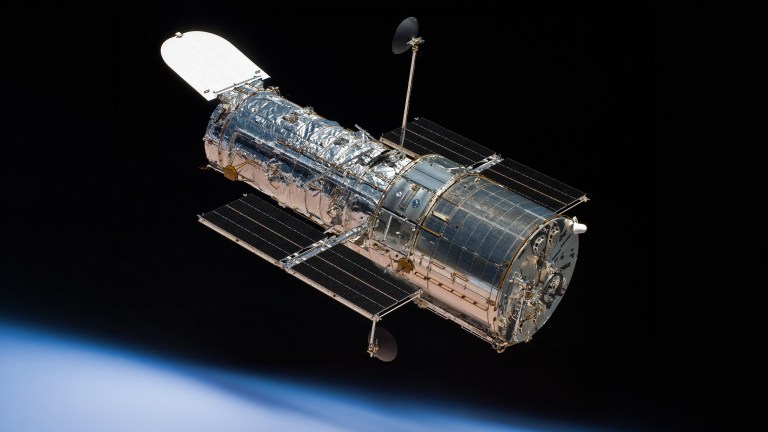


Before and After
Stratoscope Balloon to Hubble Space Telescope
1963-1990
Balloon Captured Images
Scientific balloons can carry payloads up to 8000 pounds! Their impressive weight capacity allows them to fly telescopes that capture images of various astronomical objects producing different wavelengths of light. Both images below were captured by the SuperBIT telescope which looks at light on the spectrum from near-infrared to near-ultraviolet.
Primary Investigators
Want to get in touch and ask more questions? See our “Fly With Us Page,” to learn more about the balloon flight application process or use the links below to get in contact with our various primary investigators who are experts in the field of light astronomy.






